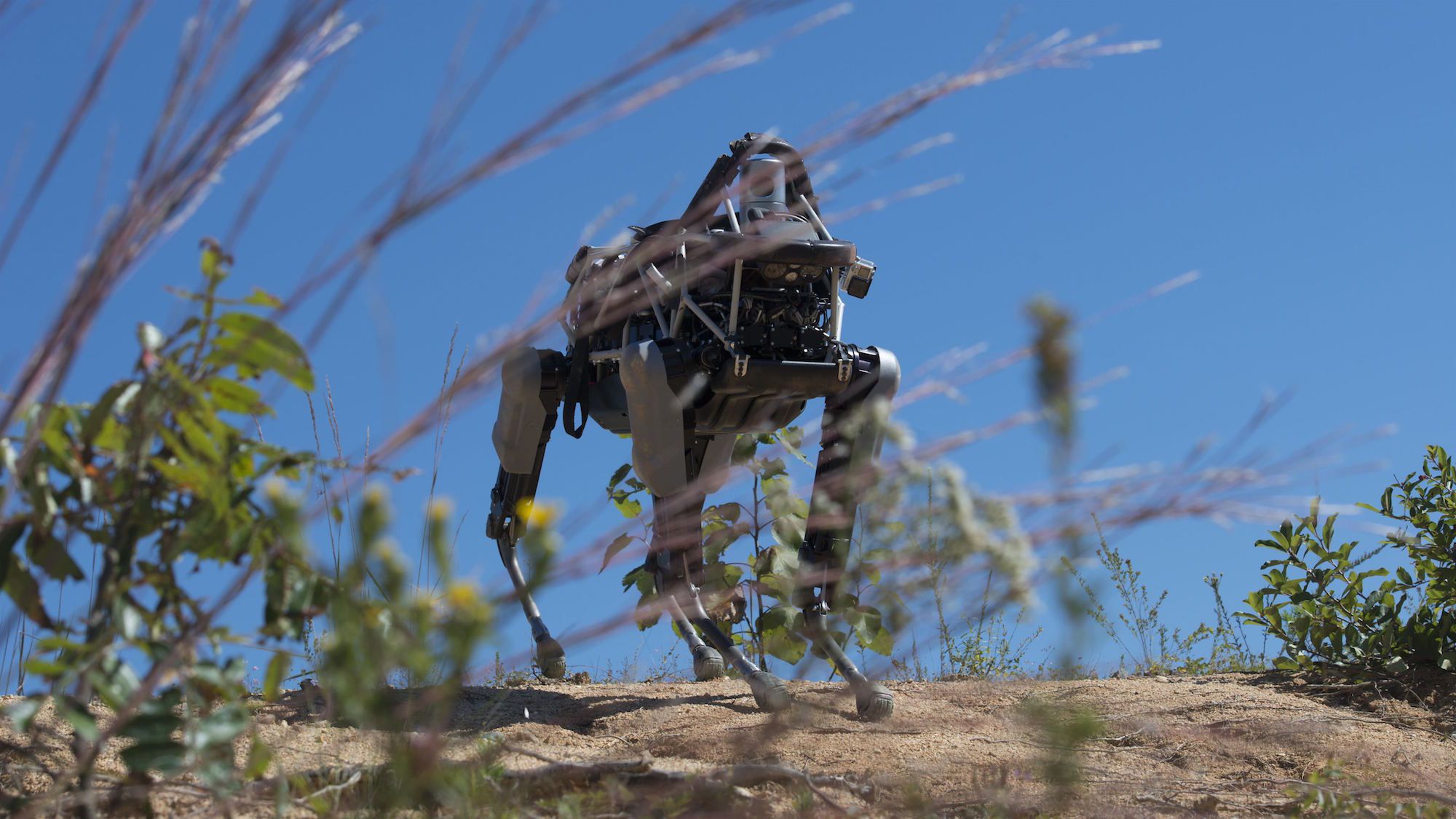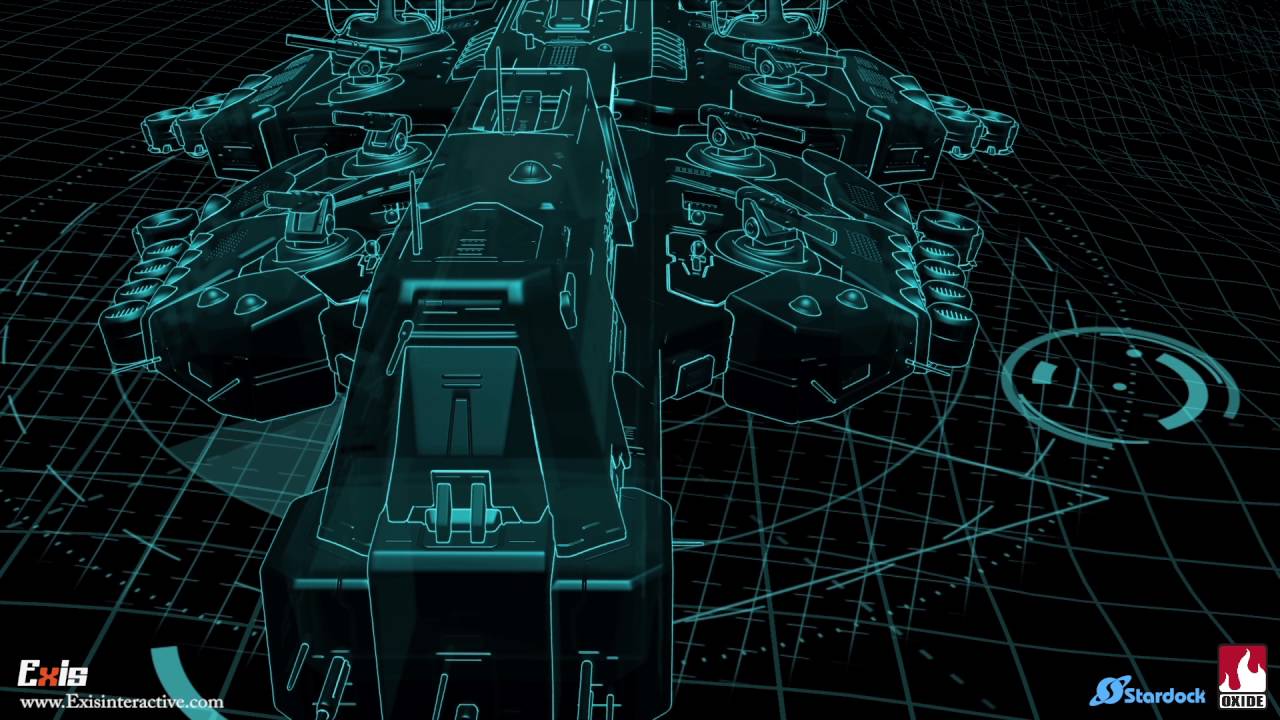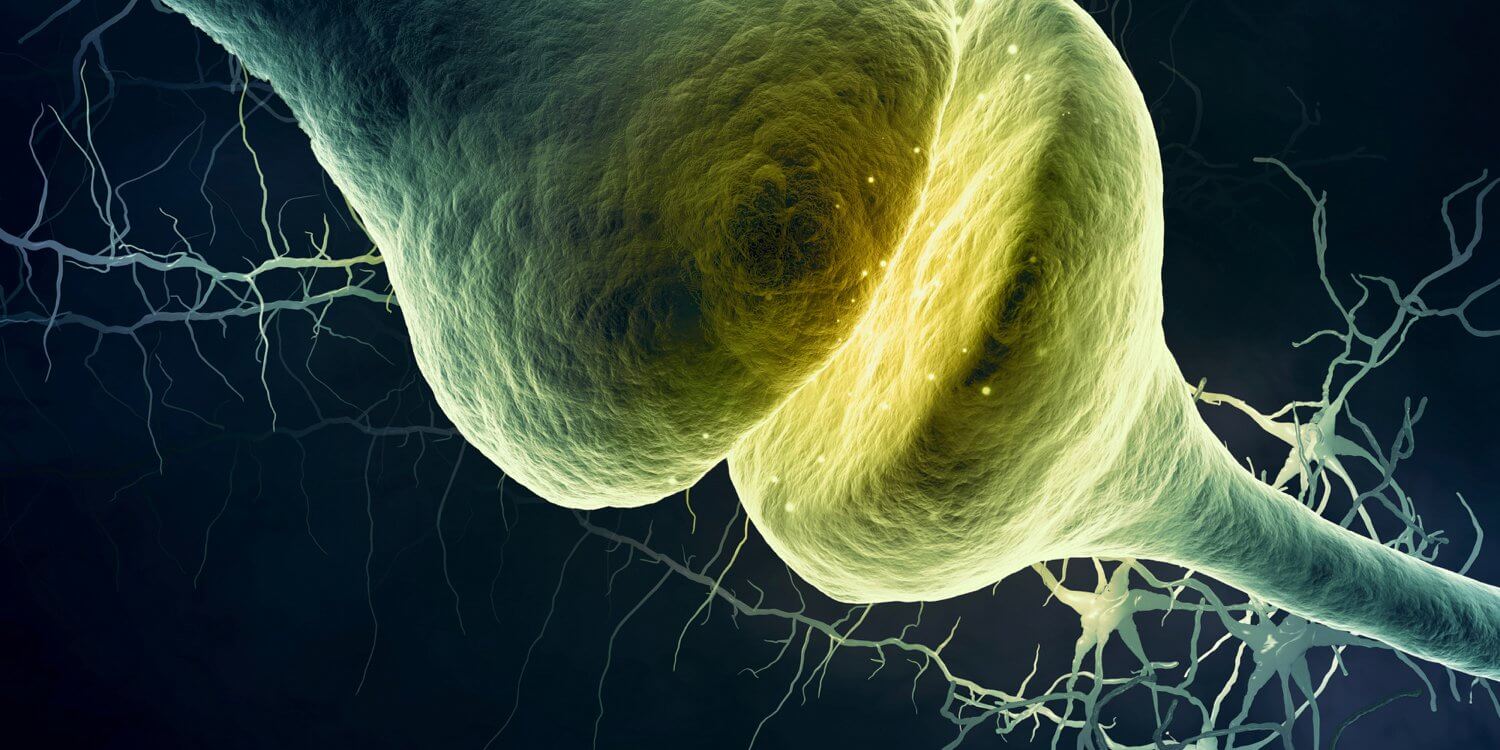Archive for the ‘singularity’ category: Page 65
Jan 15, 2017
What does being on track for the predicted Technological Singularity mean and are we on track?
Posted by Karen Hurst in categories: nanotechnology, Ray Kurzweil, robotics/AI, singularity
Ray Kurzweil is famous for his vision and prediction of a Technological Singularity by 2049 Although whenever Ray predicts a date like 2049, based on Kurzweil’s own past reviews of his predictions, he gives his predictions ten years late or early to develop. So by Ray’s personal standard his prediction timing of being correct on the Technological Singularity would be if it happened in the 2041 to 2059 time window. Usually his predictions are based upon exponential developments and progress, so he rarely would make an error in predicting something happening too early.
The technological singularity is the hypothesis that the invention of artificial superintelligence will abruptly trigger runaway technological growth, resulting in unfathomable changes to human civilization.
Some use “the singularity” in a broader way to refer to any radical changes in our society brought about by new technologies such as molecular nanotechnology, although Vinge and other writers specifically state that without superintelligence, such changes would not qualify as a true singularity.
Jan 9, 2017
Aubrey de Grey: Indefinite Lifespans And Rationalizing Death
Posted by Montie Adkins in categories: quantum physics, Ray Kurzweil, robotics/AI, singularity
https://www.youtube.com/watch?v=2D4OZqtIJMU
Aubrey and Kurzweil.
Don’t miss new Futurology videos! Subscribe by clicking here : https://goo.gl/wzFPRK
Continue reading “Aubrey de Grey: Indefinite Lifespans And Rationalizing Death” »
Jan 2, 2017
Let’s cut to the chase – there have never been times as uncertain as these in the world of business
Posted by Karen Hurst in categories: business, robotics/AI, singularity
There is no written rule-book to follow when it comes to career survival. The “Future of Work” is about making ourselves employable in a workforce where the priority of business leaders is to invest in automation and digital technology, more than training and developing their own workforces.
As our soon-to-be-released State of Operations and Outsourcing 2017 study, conducted in conjunction with KPMG across 454 major enterprise buyers globally, shows a dramatic shift in priorities from senior managers (SVPs and above), where 43% are earmarking significant investment in robotic automation of processes, compared with only 28% placing a similar emphasis on training and change management. In fact, the same number of senior managers are as focused on cognitive computing as their own people … yes, folks, this is the singularity of enterprise operations, where cognitive computing now equals employees’ brains when it comes to investment!
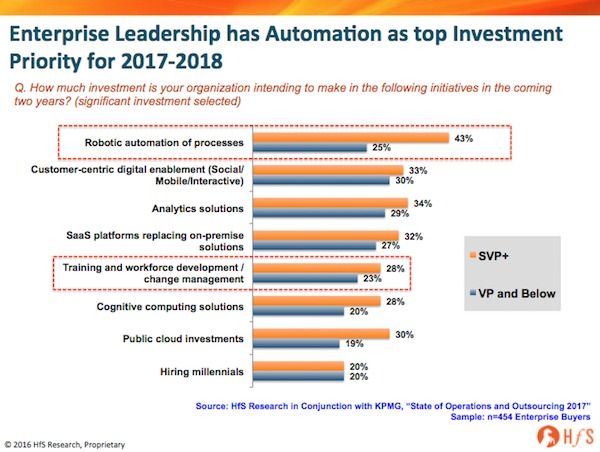
Dec 16, 2016
Is it Possible to Defeat Death? SENS Research Over 9000!
Posted by Steve Hill in categories: biotech/medical, life extension, singularity

Dr. Aubrey de Grey on the case again in this amusing video.
Dr. Aubrey de Grey in a new video where people ask questions via Twitter. It is a bit tongue in cheek and sorry about the title but hopefully you will enjoy it,
Continue reading “Is it Possible to Defeat Death? SENS Research Over 9000!” »
Dec 15, 2016
Why we are still light years away from full artificial intelligence
Posted by Karen Hurst in categories: drones, robotics/AI, singularity
The future is here… or is it?
With so many articles proliferating the media space on how humans are at the cusp of full AI (artificial intelligence), it’s no wonder that we believe that the future — which is full of robots and drones and self-driven vehicles, as well as diminishing human control over these machines — is right on our doorstep.
But are we really approaching the singularity as fast as we think we are?
Continue reading “Why we are still light years away from full artificial intelligence” »
Dec 14, 2016
Ashes of the Singularity Cinematic Intro
Posted by Sean Brazell in category: singularity
Dec 11, 2016
Proof that Moore’s Law has been replaced by a Virtual Moore’s Law that is Accelerating and Bringing the Singularity With It
Posted by Eric Klien in categories: computing, singularity, supercomputing
Introduction
Moore’s Law says that the number of transistors per square inch will double approximately every 18 months. This article will show how many technologies are providing us with a new Virtual Moore’s Law that proves computer performance will at least double every 18 months for the foreseeable future thanks to many new technological developments.
This Virtual Moore’s Law is propelling us towards the Singularity where the invention of artificial superintelligence will abruptly trigger runaway technological growth, resulting in unfathomable changes to human civilization.
Going Vertical
In the first of my “proof” articles two years ago, I described how it has become harder to miniaturize transistors, causing computing to go vertical instead. 2 years ago, Samsung was mass producing 24-layer 3D NAND chips and had announced 32-layer chips. As I write this, Samsung is mass producing 48-layer 3D NAND chips with 64-layer chips rumored to appear within a month or so. Even more importantly, it is expected that by the end of 2017, the majority of NAND chips produced by all companies will be 3D. Currently Samsung and its competitors are working 24/7 to transform their 2D factories to 3D factories causing a dramatic change in how NAND flash chips are created.
Dec 10, 2016
First Brain-to-Brain Interface Demonstrated
Posted by Karen Hurst in categories: cyborgs, singularity, transhumanism
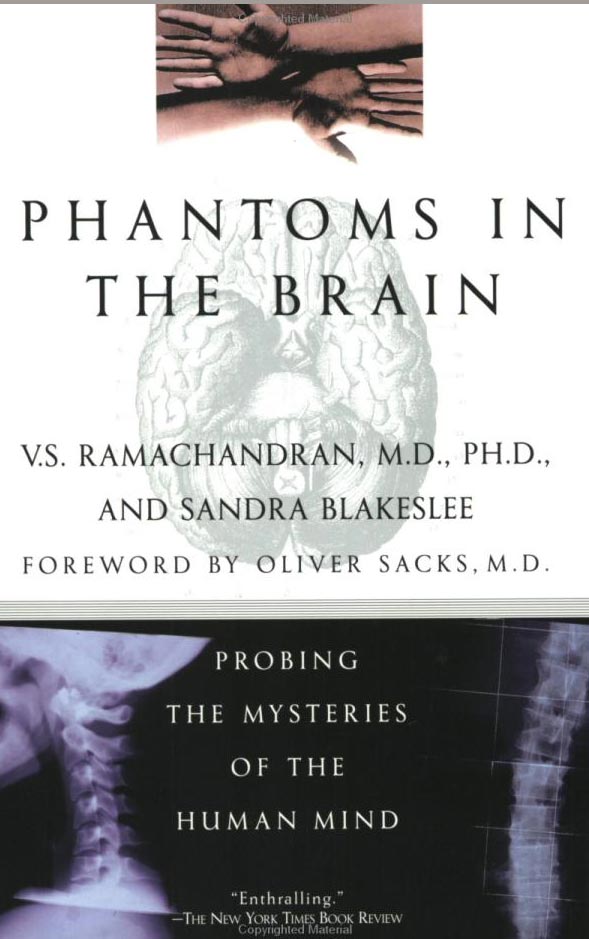
Another breakthrough on our path to Singularity.
Researchers at Duke University have demonstrated for the first time an electronic link between the brains of pairs of rats. The link allowed the rats to communicate directly and solve simple tasks. A follow up research demonstrated a similar link created between animals thousands of miles apart—one in North Carolina and one in Brazil. The research might allow scientists in the future to connect multiple brains to form a combined multi-brain which could allow sharing of both motor and sensory information between several animals. How easily can you connect one brain directly to another? The surprising answer is that it might be significantly easier than previously thought, at least when it comes to rats. Professor Miguel Nicolelis from Duke University School of Medicine and his team, discovered in previous studies that rat brain are much more “plastic” than we expected, and that they can adapt quickly to accept input from devices outside the body and even learn how to process invisible infrared light generated by an artificial sensor (somewhat similar experiments are currently being done in humans, where blind people are fitted with bionic eyes connected to the optical nerve which is given time to adjust to the new stimuli with the hope of eventually allowing them to process the information and regain partial sight).
Continue reading “First Brain-to-Brain Interface Demonstrated” »
Dec 6, 2016
The Brain Tech to Merge Humans and AI Is Already Being Developed
Posted by Karen Hurst in categories: Elon Musk, robotics/AI, singularity
With BMI technology, cell circuitry, etc. this is no surprise.
Are you scared of artificial intelligence (AI)?
Do you believe the warnings from folks like Prof. Stephen Hawking, Elon Musk and others?
Continue reading “The Brain Tech to Merge Humans and AI Is Already Being Developed” »
